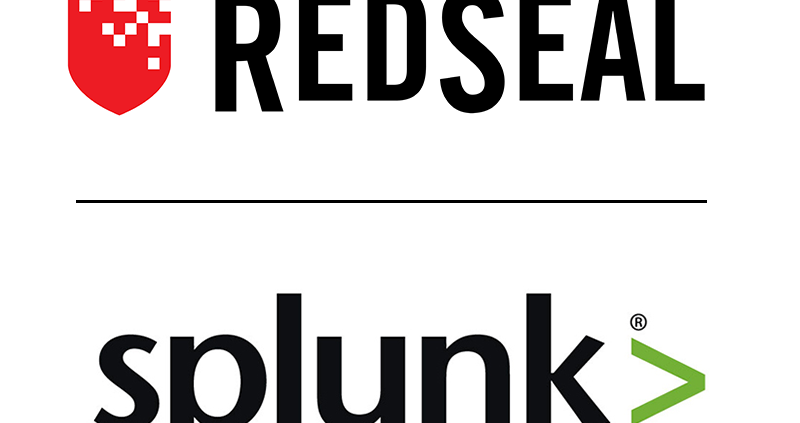RedSeal Enhances Digital Resilience Platform, Dramatically Reducing Network Analysis Time and Boosting Security Team Productivity
Expanded coverage of hybrid datacenters creates more complete and accurate network models
New integration apps accelerate incident investigations and bring live traffic into RedSeal platform
SUNNYVALE, Calif. – November 14, 2017 – RedSeal today announced new enhancements and integrations for its market leading network modeling and risk scoring platform, used by more than 40 U.S. government agencies and many Global 2000 companies worldwide.
More Holistic View Across Hybrid Datacenters
Nearly all large enterprises today include on-premise, cloud and virtualized networks, which results in network systems that are large, complex, and constantly changing. This makes it very difficult to have a complete and detailed understanding of the current state of a network. To address this, RedSeal is expanding its Software Defined Networks (SDN) and public cloud capabilities with the addition of Microsoft Azure ARM (Azure Resource Manager) modeling, and support for RedSeal’s virtual appliance to run on Microsoft Hypervisor, Hyper-V. This builds on its existing ability to model networks on Amazon Web Services Virtual Private Clouds (VPCs), and software-defined networks (SDNs) in VMWare NSX, and Cisco ACI.
CIS Benchmarks
RedSeal also announces support for CIS Benchmarks for Cisco, enabling customers to conduct secure configuration checks of their network devices against the CIS standard.
New Integrations for Improved Productivity
To improve security team productivity, RedSeal is adding new integration apps with IBM’s QRadar SIEM and Micro Focus ArcSight’s Enterprise Security Management (ESM) software. RedSeal customers can also bring live traffic information from Gigamon’s Visibility Platform directly into their RedSeal queries. Specifically:
- Gigamon Visibility Platform customers can now call Gigamon from the RedSeal user interface to see if live traffic is occurring in any detailed path query in RedSeal.
- Apps for IBM’s QRadar SIEM and Micro Focus ArcSight’s ESM dramatically reduce incident investigation times for users by giving them unprecedented network context and actionable intelligence. By integrating RedSeal’s network modeling platform into their current interface, they will be able to quickly kick off an incident investigation phase by cross launching the RedSeal IR query directly from the console of the product they use.
These add to RedSeal’s existing suite of integration apps with Splunk’s Enterprise Security SIEM, Rapid7’s Insight VM vulnerability management software, and ForeScout’s CounterACT, announced earlier this year.
“Bad actors continue to unleash advanced attacks targeting vulnerabilities enterprises don’t know exist,” Kurt Van Etten, vice president of product management at RedSeal. “The first step to improving digital resilience is to prepare for these unknown and unavoidable attacks by having a complete understanding of access across hybrid datacenters. These new enhancements bring our customers a holistic view of their network, whether on-premise, virtual or in the cloud, while accelerating incident containment times through increased power and deep integrations with current security solutions.”
About RedSeal
RedSeal’s network modeling and risk scoring platform is the foundation for enabling enterprise networks to be resilient to cyber events and network interruptions in an increasingly digital world. RedSeal helps customers understand their network from the inside, out – and provides rich context, situational awareness and a Digital Resilience Score to help enterprises measure and ultimately build greater resilience into their infrastructure. Government agencies and Global 2000 companies around the world rely on RedSeal to help them improve their overall security posture, accelerate incident response and increase the productivity of their security and network teams. Founded in 2004, RedSeal is headquartered in Sunnyvale, California and serves customers globally through a direct and channel partner network. Follow RedSeal on Twitter at @redseal_co and on LinkedIn.
Contact:
Dean Fisk, Finn Partners
+1 (707) 292-4201
dean.fisk@finnpartners.com



